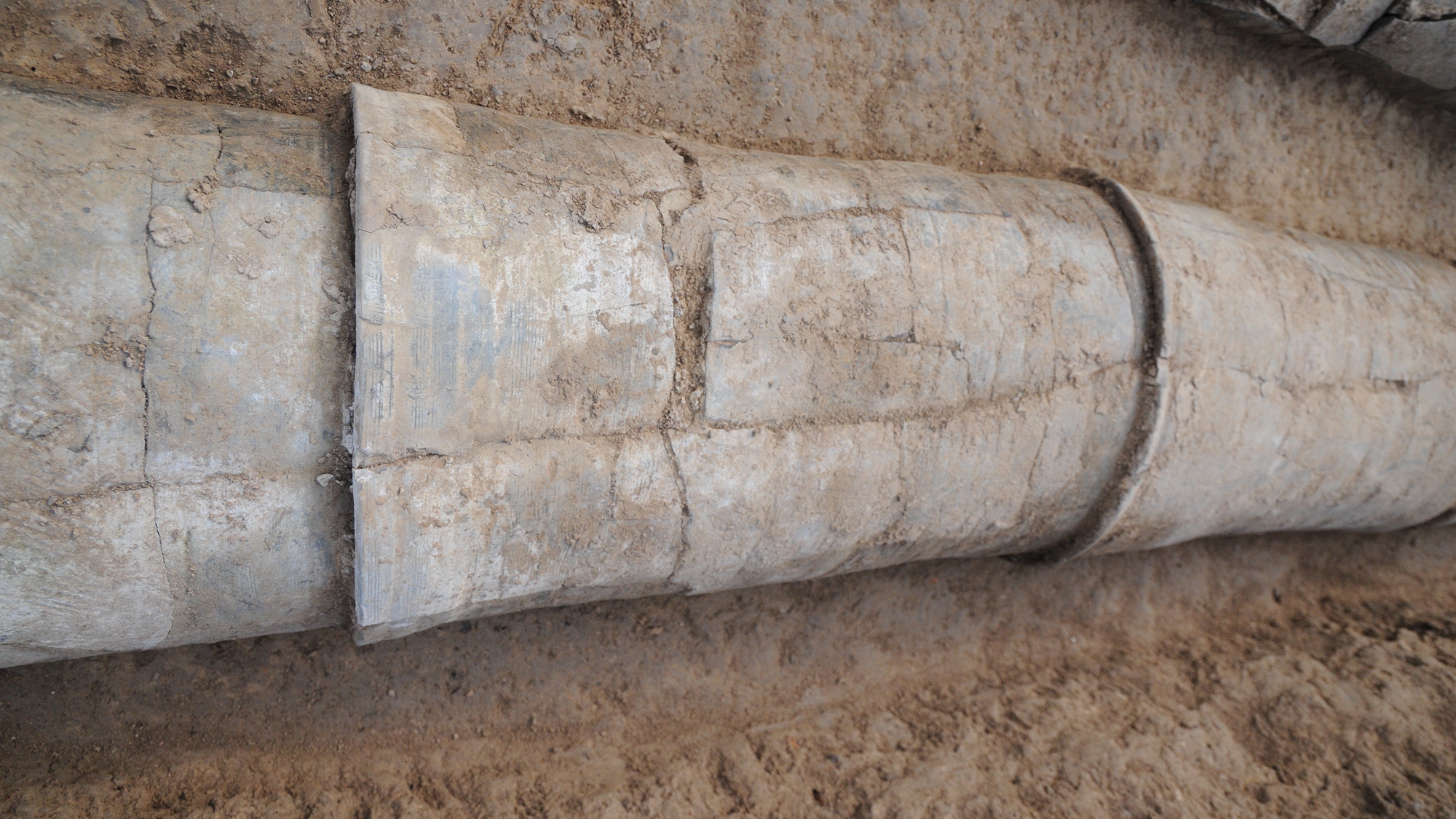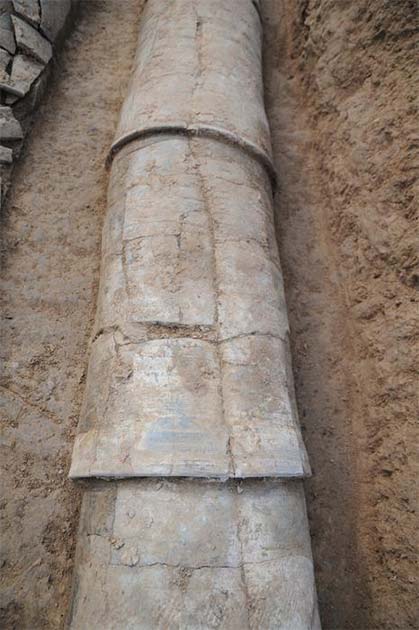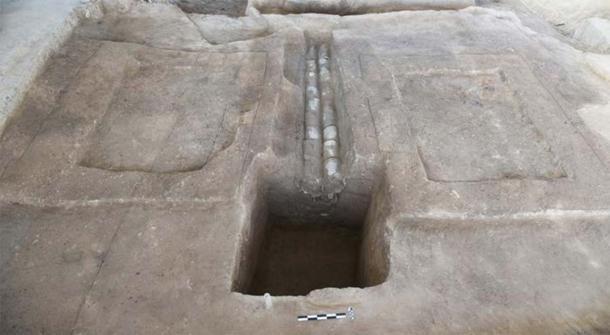The 4,000-year-old network of ceramic water pipes unearthed at the archaeological site of Pingliangtai on the Central Plains of China represents an unprecedented social and environmental manipulation as Neolithic societies faced surging environmental crises in the East Asian Monsoon region.

Water situates at the crucial interface between the environment and society. It is not purely natural or cultural. In monsoonal environments, in particular, water profoundly defines the ways people respond to and modify their environment for basic survival and successive developments.

Technologies and social organizations of water management are long considered closely intertwined with the seasonality of monsoonal rainfall and cycles of social and economic production and reproduction.

In China, the tale of the legendary Great Yu’s heroic taming of floods and the subsequent founding of the Xia Dynasty continues to dominate mainstream scholarly narrative on the formation of China’s first state.
The importance of state-organized hydraulic projects and elites’ control of water to the evolution of Bronze Age and early imperial societies is also emphasized in recent archaeological studies.

The Late Neolithic Pingliangtai walled site demonstrates how environmental vagaries, technological innovations, and social institutions converged to form a ‘cooperative social governance’ on water management, which provides a different model for the origins of hydro-sociality in ancient East Asia.

The site is located in what is now the Huaiyang District of Zhoukou City in central China. During the Neolithic times, the town was home to about 500 people with protective earthen walls and a surrounding moat. Situated on the Upper Huai River Plain on the vast Huanghuaihai Plain, the area’s climate 4,000 years ago was marked by big seasonal climate shifts, where summer monsoons would commonly dump half a meter of rain on the region monthly.

“The discovery of this ceramic water pipe network is remarkable because the people of Pingliangtai were able to build and maintain this advanced water management system with Stone Age tools and without the organization of a central power structure,” said Dr. Yijie Zhuang, an archaeologist at University College London. “This system would have required a significant level of community-wide planning and coordination, and it was all done communally.”
The Pingliangtai network of ceramic water pipes is the oldest complete drainage system ever discovered in China. Made by interconnecting individual segments, the water pipes run along roads and walls to divert rainwater and show an advanced level of central planning at the Neolithic site. While there was some variety in decoration and styles, each pipe segment was about 20 to 30 cm in diameter and about 30 to 40 cm long. Numerous segments were slotted into each other to transport water over long distances.
What’s surprising to the archaeologists is that the settlement of Pingliangtai shows little evidence of social hierarchy. Its houses were uniformly small and show no signs of social stratification or significant inequality amongst the population. Despite the apparent lack of a centralized authority, the town’s population came together and undertook the careful coordination needed to produce the ceramic pipes, plan their layout, install and maintain them, a project which likely took a great deal of effort from much of the community.
The level of complexity associated with these pipes refutes an earlier understanding in archaeological fields that holds that only a centralized state power with governing elites would be able to muster the organization and resources to build a complex water management system. While other ancient societies with advanced water systems tended to have a stronger, more centralized governance, or even despotism, Pingliangtai demonstrates that was not always needed, and more egalitarian and communal societies were capable of these kinds of engineering feats as well.
“Pingliangtai is an extraordinary site,” said Dr. Hai Zhang, an archaeologist at Peking University. “The network of water pipes shows an advanced understanding of engineering and hydrology that was previously only thought possible in more hierarchical societies.”




